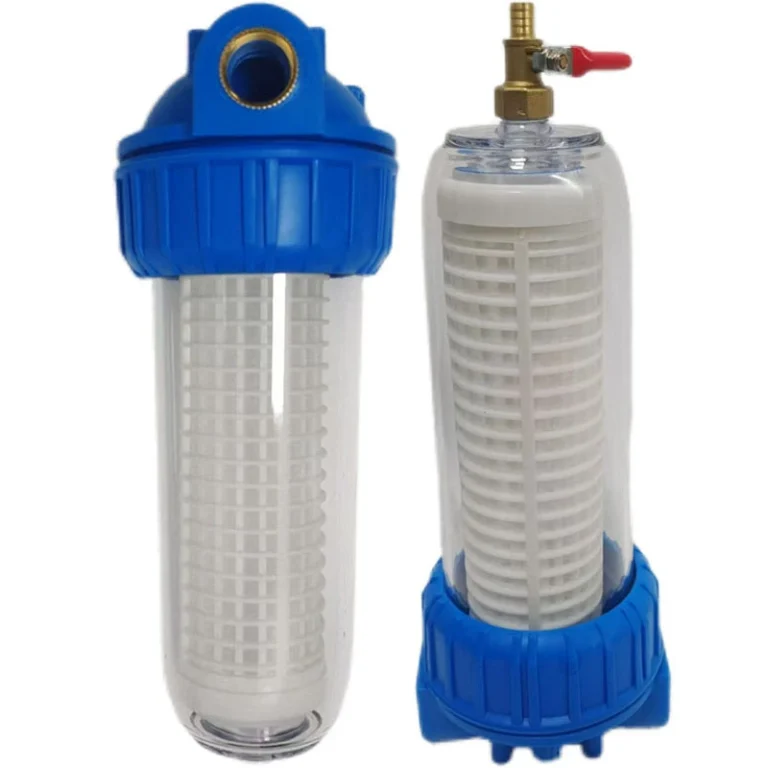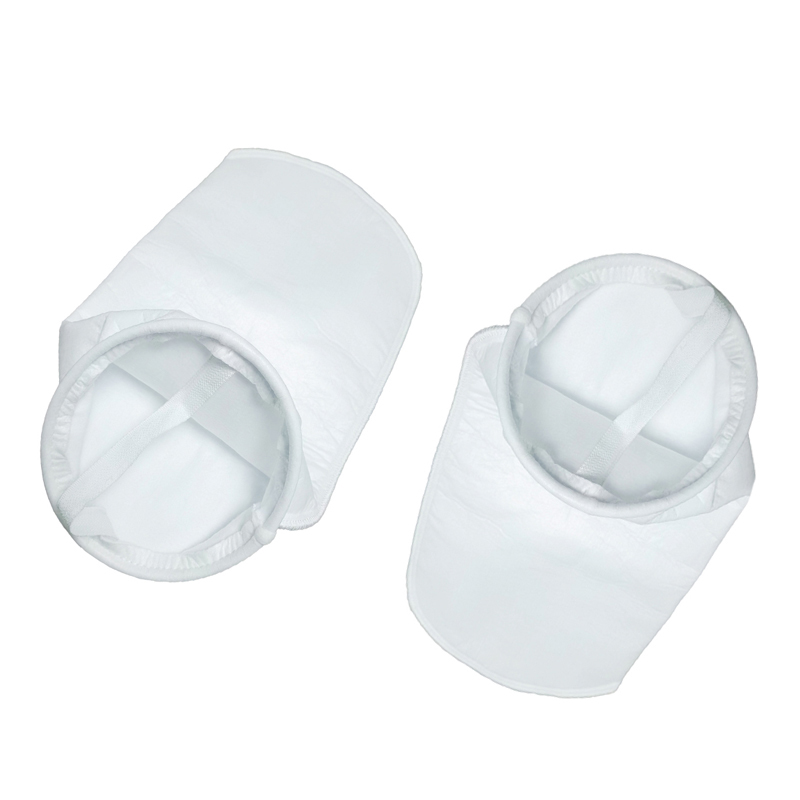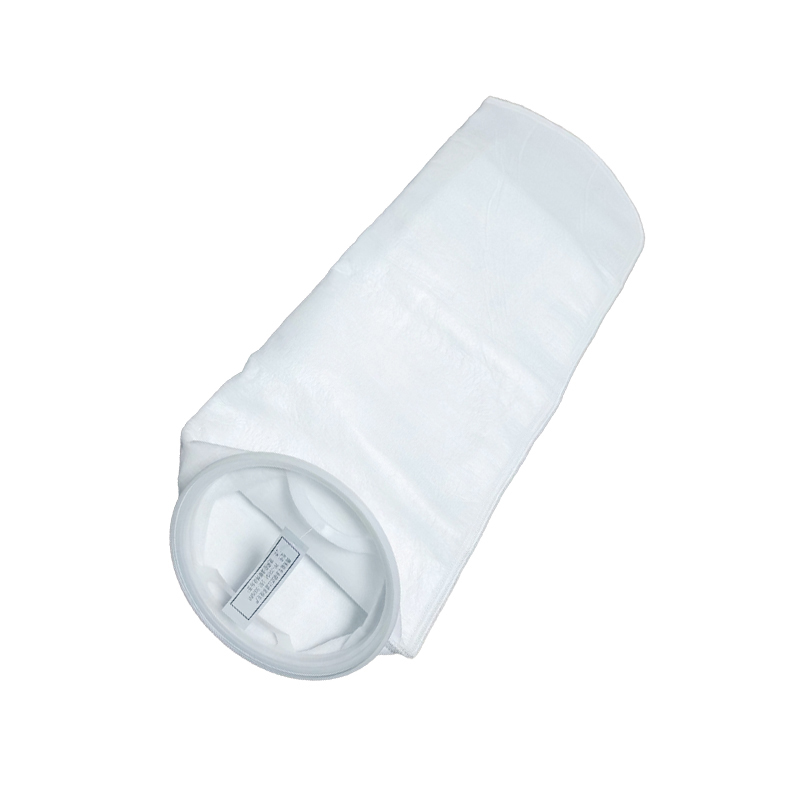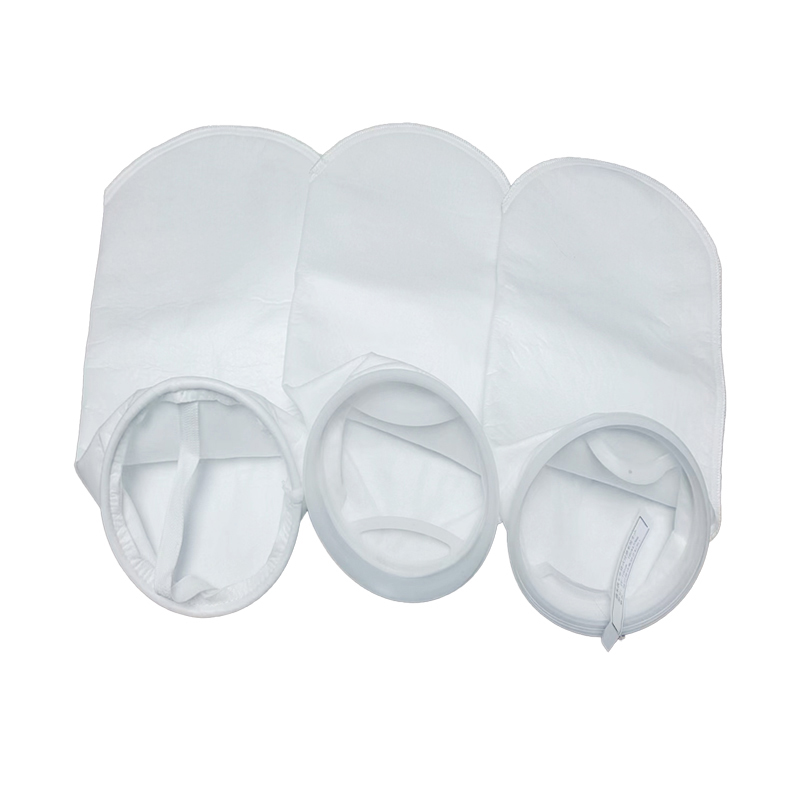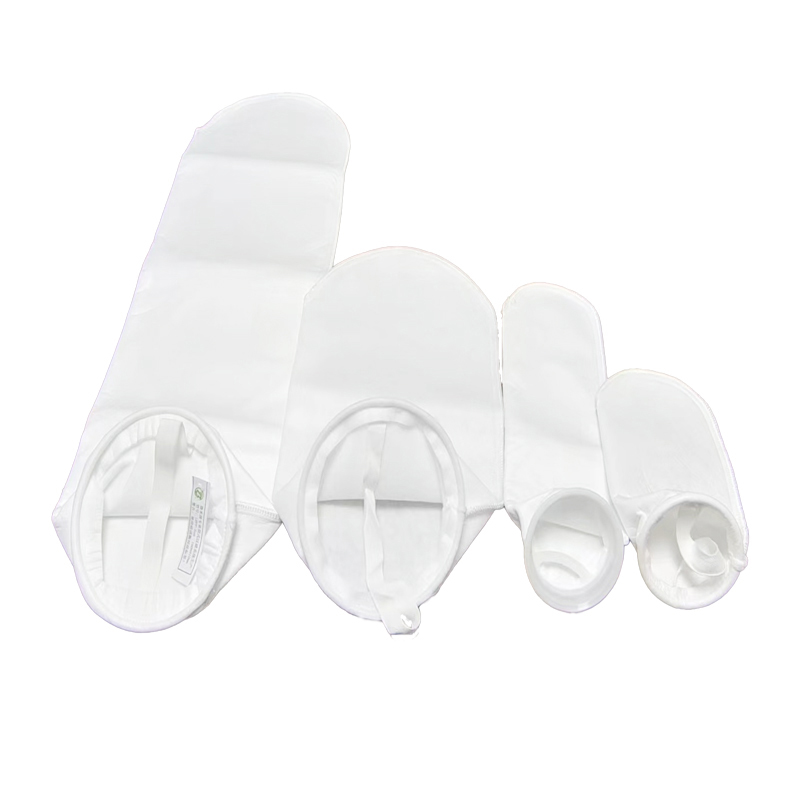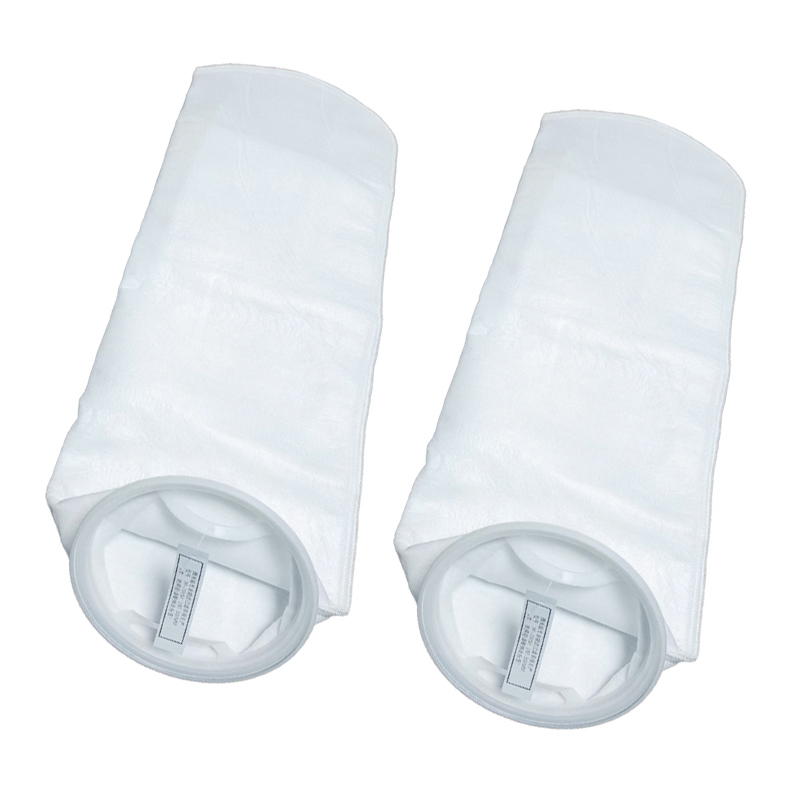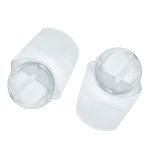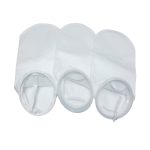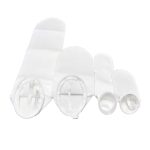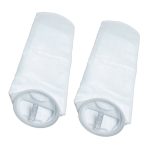BasideWT- Whole Home Water Filtration System & Replacement

Aquarium Filter Socks – 200 Micron, 4″ x 14″ & 7″ x 17.7″ – Heavy Duty, Reef Tank & Pond Use
PRODUCT PARAMETERS
- Product Name: Aquarium Filter Socks
- Size: 4" x 14" & 7" x 17.7"
- Top Ring Styles: PP Ring, Galvanize O-Ring,SUS O-Ring
- Temperature Limitations: 149 °C (300 °F)
- Filter Fineness: 1, 5, 10, 25, 50,100,200,300µm
- Seam: Sewing,Welded
- Applicable scenarios: Reef Tank & Pond
- Packing: Standard Exportation Package
Why Aquarium Filter Socks Are a Game-Changer for Water Clarity
Aquarium filter socks are essential tools for maintaining crystal-clear water in reef tanks, ponds, and sumps. These 200-micron mesh bags trap debris, uneaten food, and organic waste before they break down into harmful nitrates.
Key advantages:
✔ Prevents algae blooms by removing particulate matter,Reduces maintenance (fewer water changes needed),Protects pumps & protein skimmers from clogging
Did you know? A 2023 study by Aquatic Filtration Research found that tanks using filter socks had 28% lower nitrate levels than those without.
Aquarium Filter Socks vs. Other Filtration Methods
Not all filters work the same. Here’s how 200-micron aquarium filter socks stack up:
| Feature | Filter Socks (200 Micron) | Sponge Filters | Canister Filters |
|---|---|---|---|
| Debris Removal | Excellent (fine particles) | Good (larger debris) | Excellent (mechanical+biological) |
| Maintenance | Weekly rinsing | Monthly cleaning | Complex (monthly disassembly) |
| Best For | Sump filtration, reef tanks | Small tanks | High-tech setups |
Our 2025 case study showed that pond owners saved 35% on filter media costs after switching to reusable 7″ x 17.7″ socks.
How to Use Aquarium Filter Socks Correctly
Choose the Right Size
- 4″ x 14″ for small sumps
- 7″ x 17.7″ for heavy-duty pond filtration
Install in the Sump’s First Chamber
Place socks where water enters the sump to catch debris early.
Rinse Weekly (Don’t Wait Until Clogged!)
Use tank water to preserve beneficial bacteria.
Replace Every 4-6 Weeks
Even with rinsing, fibers degrade over time.
Rotate Between Multiple Socks
Keep extras on hand for quick swaps.
⚠ Warning: Never wash with soap – it kills beneficial bacteria!
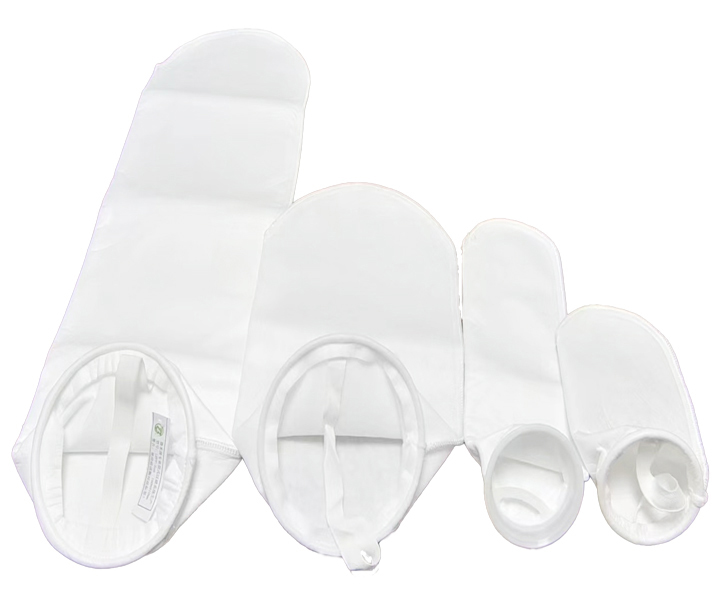
Common Mistakes with Aquarium Filter Bag
❌ Using the wrong micron size → Fix: 200-micron is ideal for most reef tanks.Ignoring flow rate → Fix: Ensure socks don’t overflow due to high GPH. Letting socks sit too long → Fix: Change before they smell foul.
Interestingly, over 50% of hobbyists (per Reef2Reef Survey 2024) don’t rinse socks often enough.
Real-World Applications of 200-Micron Filter Socks
Reef Tank Sump Filtration
A 7″ x 17.7″ sock keeps coral-safe water by trapping detritus.
Koi Pond Pre-Filtration
Heavy-duty 200-micron bags prevent pump clogs from leaves and fish waste.
Saltwater Aquarium Quarantine Tanks
Disposable filter bag reduce cross-contamination risks.
Aquarium Filter Socks Checklist
✅ Do:
- Match micron rating to tank needs (200-micron = best all-rounder),Rinse weekly in tank water,Keep 2-3 extras for rotation
❌ Don’t:
- Use bleach or soap,Let socks clog completely,Buy non-branded “cheap” versions (they fall apart!)
FAQs
Choosing the perfect water treatment system depends on your specific water quality, household size, and needs. We make it easy with our 3-step process:
Water quality testing – analyze your water for contaminants, hardness, and other factors.
Personalized Consultation – Our experts recommend systems based on your results, budget, and water usage.
Customized Solution – From whole-house filtration to targeted solutions (e.g., RO for drinking water, softeners for hard water), we tailor the system to your home.
To determine your water flow rate in gallons per minute (GPM), follow these simple steps:
Prepare for Testing:
- Prepare for Testing:
- Ensure all water fixtures in your home are turned off
- Select the faucet closest to your main water supply line (usually the kitchen sink or an outdoor spigot)
- Conduct the Test:
- Fully open the selected faucet
- Time how many seconds it takes to fill a 1-gallon container
- Repeat the test 2-3 times for accuracy
- Calculate Your Flow Rate:
Use this formula: Flow Rate (GPM) = 60 ÷ Fill Time (seconds)Example Calculation:- If your 1-gallon container fills in 15 seconds
- 60 ÷ 15 = 4 GPM
For more precise measurements or whole-home flow rate analysis, contact our water system specialists. We can help you determine if your current flow rate meets the requirements for any water treatment systems you’re considering.
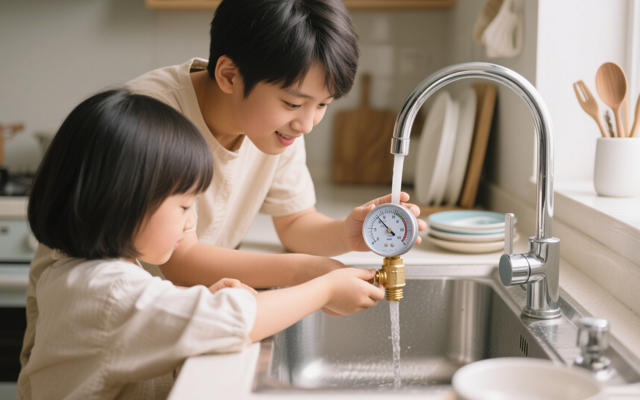
1. Check Multiple Fixtures
Test water pressure at different faucets, showers, and appliances (e.g., kitchen sink, bathroom sink, outdoor hose).
If only one fixture has low pressure, the problem is likely localized (clogged aerator, faulty valve, or pipe issue).
If all fixtures have low pressure, the issue is systemic (main supply, pressure regulator, or water heater).
2. Inspect the Aerator or Showerhead
Unscrew the faucet aerator or showerhead and check for mineral deposits, debris, or rust.
Soak it in vinegar overnight to dissolve buildup, then rinse and reattach.
3. Check the Main Shutoff Valve
Locate the main water shutoff valve (usually near the water meter or where the main line enters the house).
Ensure it’s fully open (turn clockwise to close, counterclockwise to open).
1. Activated Carbon Filters
- Removes:
✅ Chlorine & chloramines
✅ Bad tastes & odors (e.g., sulfur)
✅ Volatile Organic Compounds (VOCs)
✅ Some pesticides & herbicides
❌ Does not remove heavy metals, dissolved minerals, or microbes
2. Reverse Osmosis (RO) Systems
- Removes:
✅ Heavy metals (lead, arsenic, mercury, cadmium)
✅ Dissolved salts (fluoride, nitrates, sulfates)
✅ Microplastics & sediment
✅ Bacteria & viruses (if combined with UV)
✅ Chlorine & chemicals (with carbon pre-filter)
❌ May remove beneficial minerals (can be remineralized)
3. Water Softeners (Ion Exchange)
- Targets:
✅ Calcium & magnesium (hardness)
✅ Low levels of iron & manganese
❌ Does not remove bacteria, chlorine, or heavy metals
4. UV Purifiers
- Kills:
✅ Bacteria (E. coli, coliform)
✅ Viruses (rotavirus, hepatitis)
✅ Protozoa (Giardia, Cryptosporidium)
❌ Does not remove chemicals, metals, or sediment
5. Sediment Filters
- Removes:
✅ Sand, rust, dirt
✅ Large particles & silt
❌ Does not remove dissolved contaminants
6. Whole-House Filtration Systems
Combines multiple methods (carbon + sediment + UV) for broad protection.
- UV: Kills bacteria/viruses but doesn’t remove chemicals or particles.
- RO (Reverse Osmosis): Removes 95–99% of contaminants (heavy metals, dissolved salts) but requires electricity.
- Activated Carbon: Absorbs chlorine, odors, and organic compounds—ideal for pre-filtration.
REQUEST A QUOTE
RELATED PRODUCTS
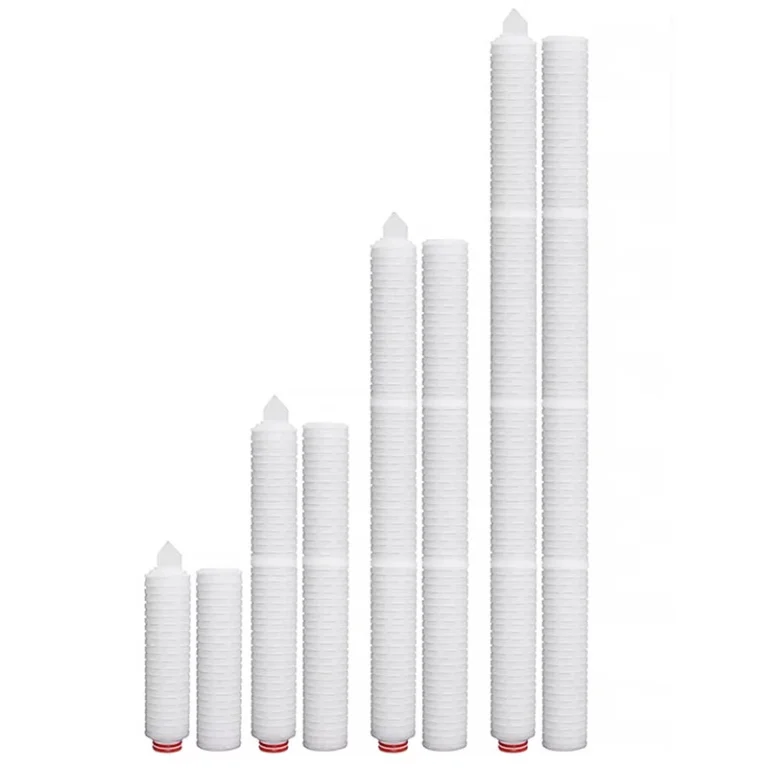
10” 20” 30” 40” PP Pleated Water Filter Cartridge 20 Micron 0.2 Micron 0.5 Micron Cartridge Filter For Ro Plant
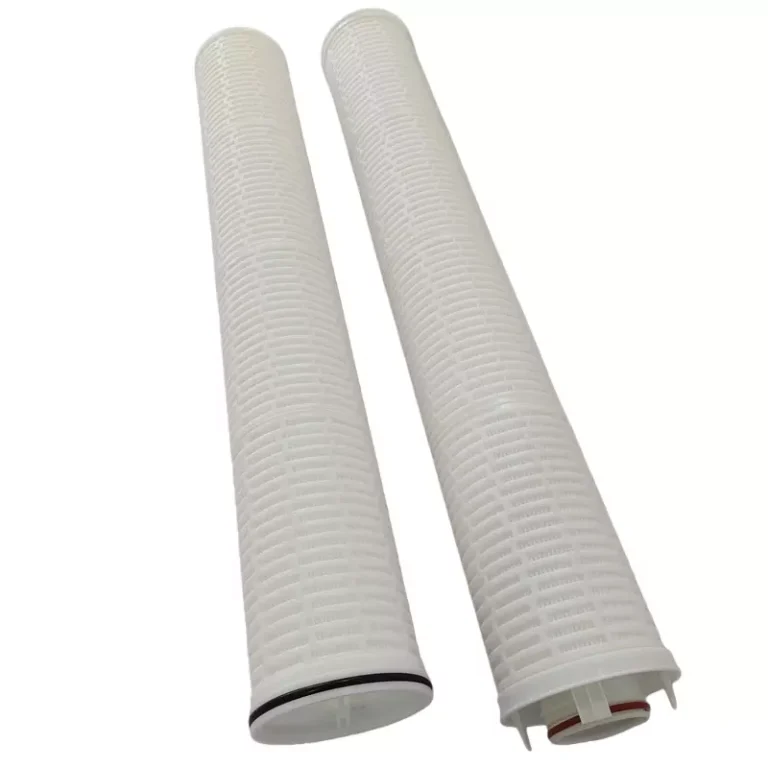
High Flow Filter Cartridge | BasideWT

10” 20″ BB Blue Whole House Water System Filter Housing 1″ 1.5”NPT w/Pressure Release. Wrench and Bracket
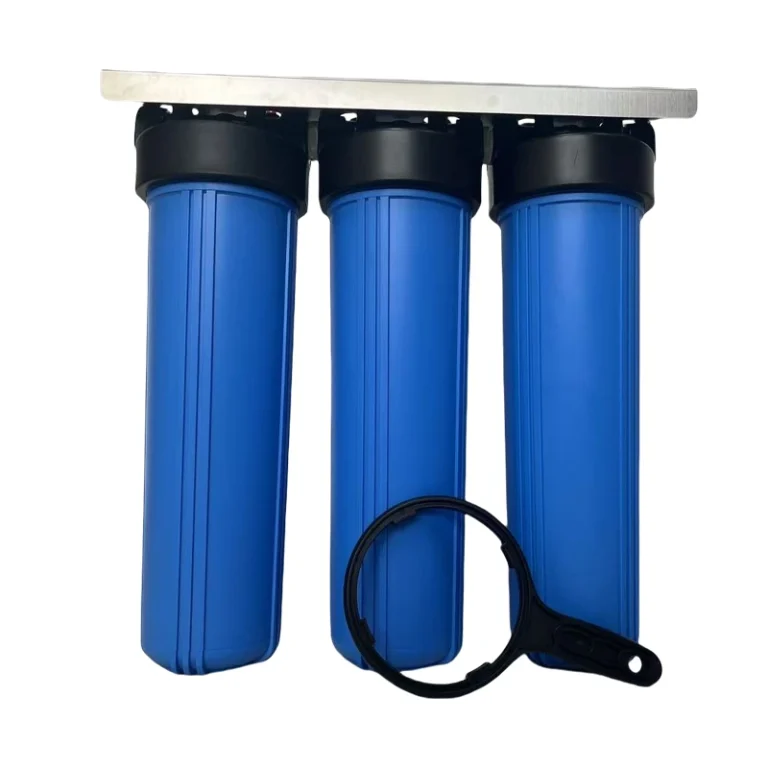
3 Stage Whole House Water Filter System 20″x4.5″ KDF Carbon Heavy Metal Filtration System
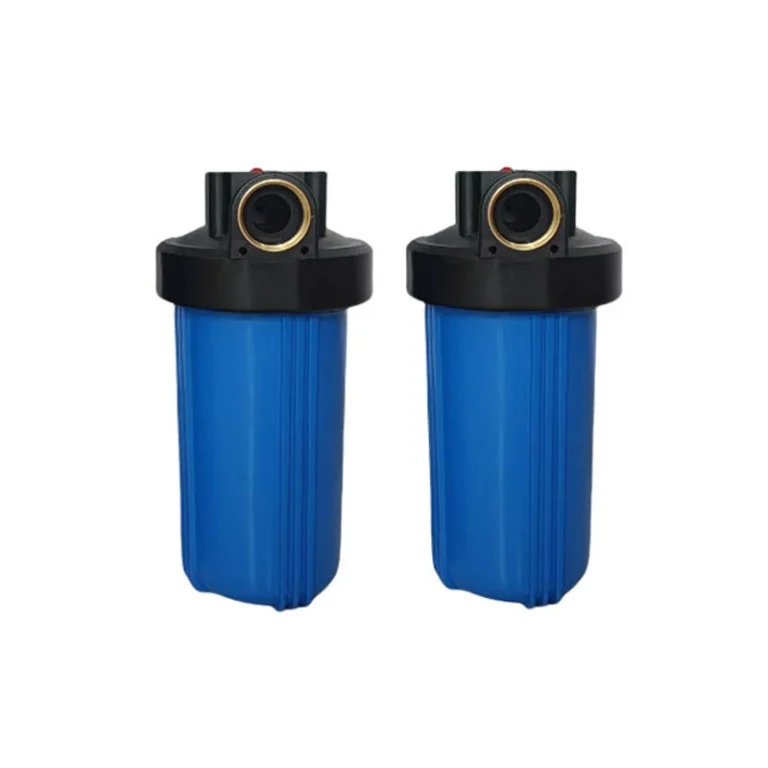
Whole House Sediment Water Filter Housing Blue Color – Fit for 4.5″ x 10″ Filters – NPT Brass Port 1″ 1.5” Inlet/Outlet (BB-10B)
